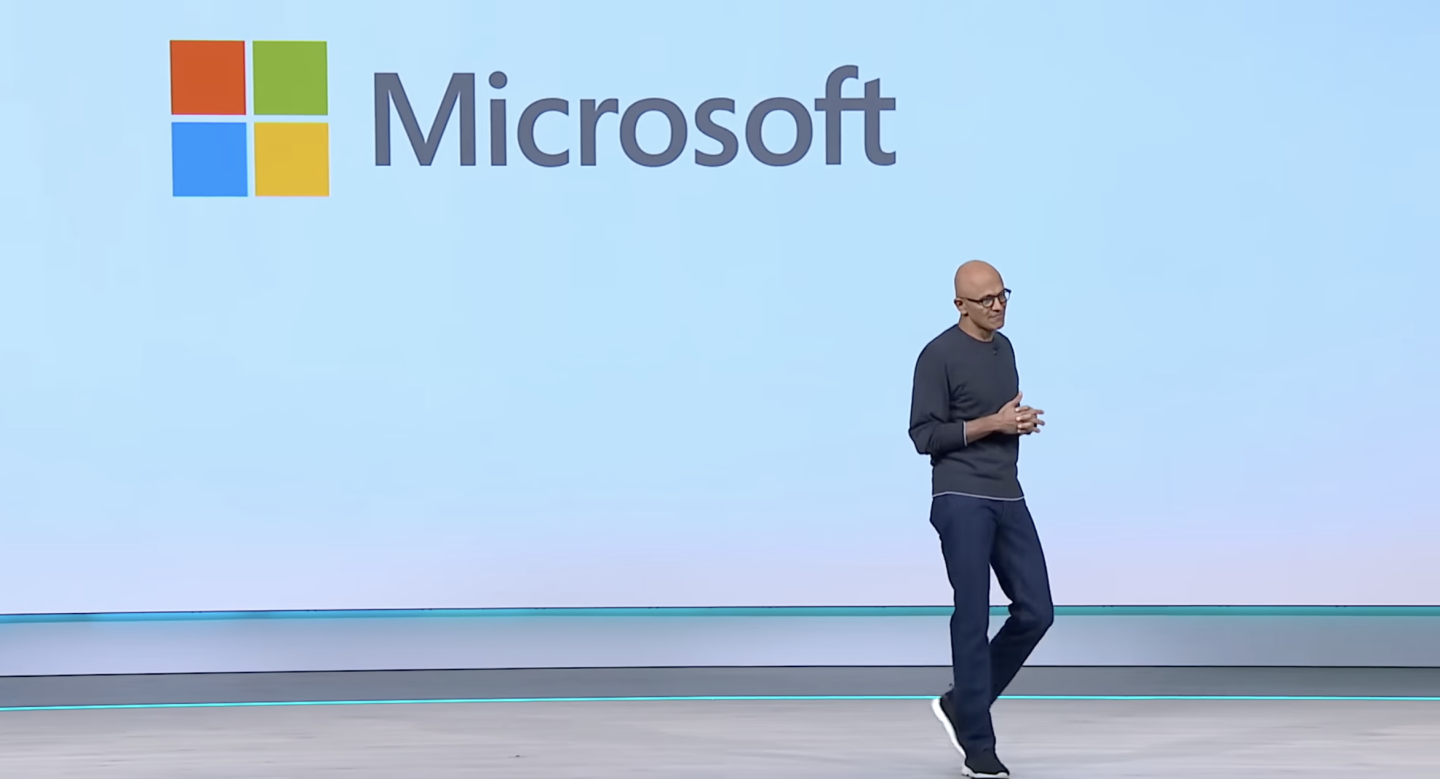Microsoft Build 2025: AI Agents Take Center Stage
Microsoft is betting that AI agents will soon become a regular part of how people work, build software, and manage tasks. At its annual Build conference in Seattle, the company outlined what it called an “open agentic web,” a system where AI agents can carry out tasks and make decisions, either for individuals or entire teams.

These AI agents are not seen as background helpers, but as digital coworkers. Microsoft’s goal is to make AI tools that work within existing systems, rather than outside of them. One example is its GitHub Copilot coding agent, powered by Anthropic’s Claude 3.7 Sonnet model. According to GitHub CEO Thomas Dohmke, the agent is designed to handle routine programming work such as fixing bugs, adding features, improving documentation, and running tests.
When developers assign tasks to Copilot, the AI replies with an emoji and begins work. It creates a new file to track its output and gives a summary of the changes. Rather than sitting in a separate app, the agent shows up in the same system as the rest of the team. GitHub presents it more like a teammate than a tool.
Alex Devkar, senior vice president of engineering and analytics at Carvana, described it as a productivity boost. “The GitHub Copilot coding agent fits into our existing workflow and converts specifications to production code in minutes,” he said in a statement. “This increases our velocity and enables our team to channel their energy toward higher-level creative work.”
AI agents are not new, but they are gaining traction fast. These systems can handle tasks that range from copying data between apps to booking appointments. Some are built to work together, forming small networks of agents that coordinate with one another.
Scott Guthrie, Microsoft’s executive vice president of cloud and AI, told Yahoo Finance that adoption is speeding up. “What we’re seeing is AI development accelerating, and people going from kind of proof of concepts to working solutions that are really driving business impact,” he said.
Microsoft is also pitching agents as a way to improve business processes. Carl Brisco, CTO and senior vice president at ODP Corporation, said his team is using Microsoft’s tools to help sales staff identify the right time to reach out to customers. The system uses data on past purchases, prices, and other trends to recommend next steps.
“Having [that information] show up in an interface directly every day that says, ‘Hey, we recommend you act on this, takes that sort of … findability out of the equation as much as possible,” Brisco said. He added that the AI could help staff prioritise their day, offering a ranked list of tasks.
Microsoft is spending around $80 billion to expand its data centres and improve how it trains and runs AI models. The company has made clear it expects AI to be a major driver of growth across its businesses.
However, demand for AI tools is straining Microsoft’s infrastructure. More users want access than the company can currently support. These resource constraints are already limiting adoption, and Microsoft says the issue may continue past the end of June.
Despite these challenges, early signs point to results. During its most recent earnings report, Microsoft said AI added 16 percentage points of growth to its Azure cloud business. That’s a strong indicator that the company’s investments are starting to have an impact—even if there are still limits on how fast it can scale.


